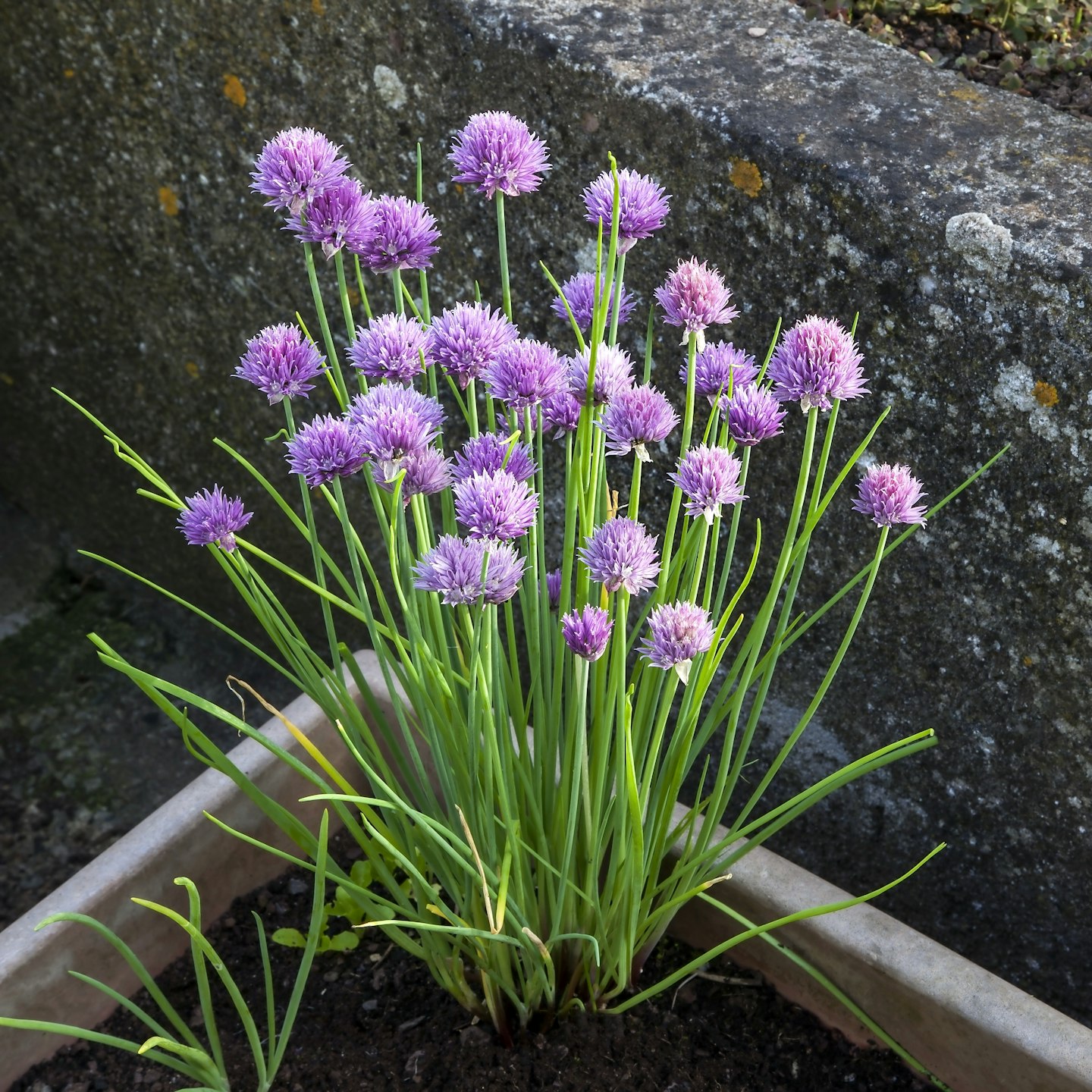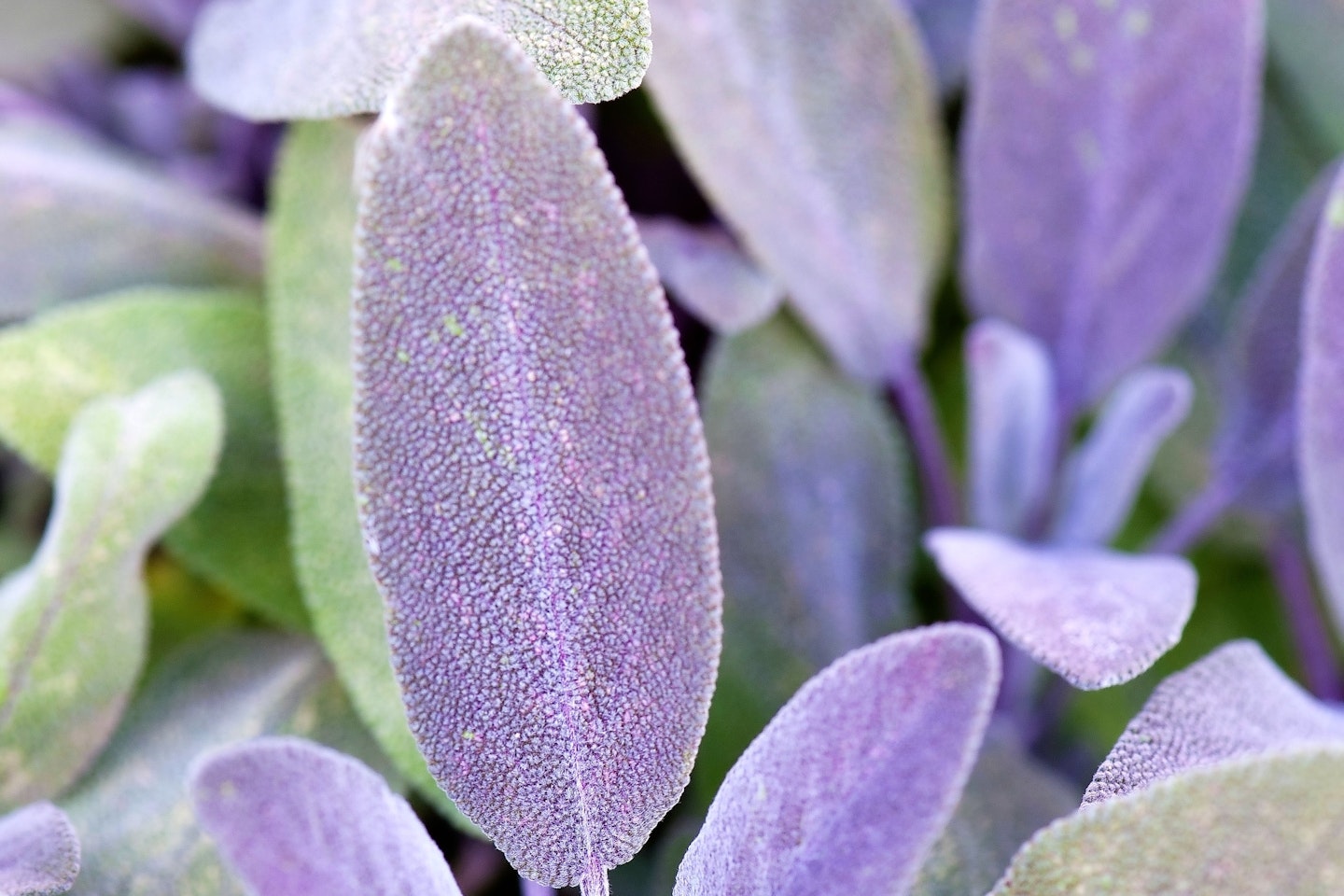Herbs are a wonderful addition to any garden - they look good, smell good and most of all they taste very good! It’s worth growing a few to use in cooking - they’re easy too, especially if planted in borders. In pots they’ll need watering regularly.
In spring you can sow popular herbs such as basil, coriander and parsley on the windowsill, water regularly and when they are established plant them outside, once there’s no more risk of frost.
Make sure they’re in the sunniest spot possible, so their growth is better and aroma is stronger, and in really well-drained soil. Raised beds are perfect for them, and containers, as long as you care for them well and add crocks or grit to ensure free-flowing moisture. Pots and raised beds mean you can control the moisture the plants get. Plant them in their own dedicated spot, or incorporate them into your borders or veg plot – they’re just as pretty!
Perennial herbs can get a bit tatty and in need of a spruce up now – spring’s the prime time to snip off old leaves to leave room and encourage a fresh flush of young green growth. Badly pot-bound herbs will need repotting, but if healthy enough herbs can’t be repotted for any reason, top dress the container with fresh compost and slow-release fertiliser.
Best container herbs
These all thrive in pots, making them brilliantly handy for barbecues!
Sorrel
Pretty and tasty red-veined sorrel has a lemony kick to it. It’s great for soups, sauces and cooked like spinach for stews, or in salads. Sow continuously, and only harvest the young leaves or it’ll taste bitter. It likes partial shade or sun.
Chives

Pretty bobbing blooms on oniony stems that look great in a container. They like rich soil to grow well, and are an easy to grow perennial. Why not plant up a pot with some white and purple ones mixed in together for the perfect potato salad crop?
Mint
It’s certainly best to grow mint in pots on its own, as it’s a vigorous, quickly-spreading perennial. It doesn’t mind growing in poor soil and will benefit from regular trimming and a shear back at the end of summer. Have it handy for all those summer garden cocktails!
Sage

Pretty purple-green rough leaves that would stand alone as a fabulous foliage plant if it weren’t so useful as a herb. Sage likes it warm, sunny and sheltered, but plants don’t last too long and may need replacing after a couple of years. Fantastic with barbecue meats.
Bay
Grow as a potted standard to brighten up the patio doorway. An evergreen for a sheltered, south-facing wall or in a conservatory, that adds unmistakeable aroma to fish dishes and marinades. Give it a trim in summer to maintain it to shape.
Top herb tips
-
Herbs are rather low maintenance unless you grow them in pots, where they’ll need extra watering and a light feeding with balanced general fertiliser every fortnight or so.
-
When picking herbs, pick the older leaves on the outside, and new growth should be left at the centre. Don’t pick it all or the plant may not regenerate in time!
-
Keep all your newly-sown plants in a well-ventilated area that’s not humid, or else they’ll be at risk of damping off – a fungal mould resulting in death. They like it dry and airy!
-
Try a few different aromas of the same herb, for example pineapple or ginger mint, or just something a little more unusual such as lemon balm – good for flavouring and salads.
-
Try harvesting the flowers of your herbs – chive and borage flowers are pretty and suitably tasty, too.
-
Should you only have a spare shady spot, bay, chervil, chives and mint can cope with some light shade.
Visit the herb gardener’s paradise, with a hefty array of varieties and species, at www.jekkasherbfarm.com.
